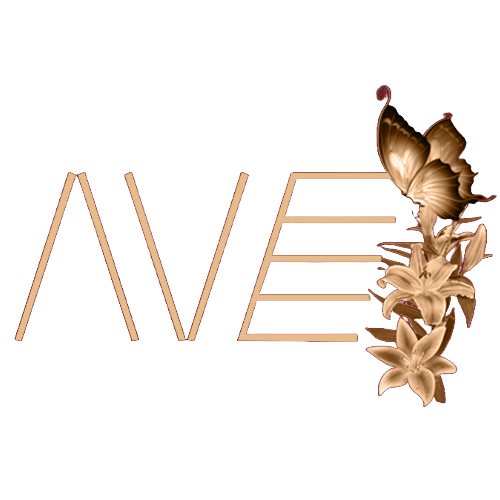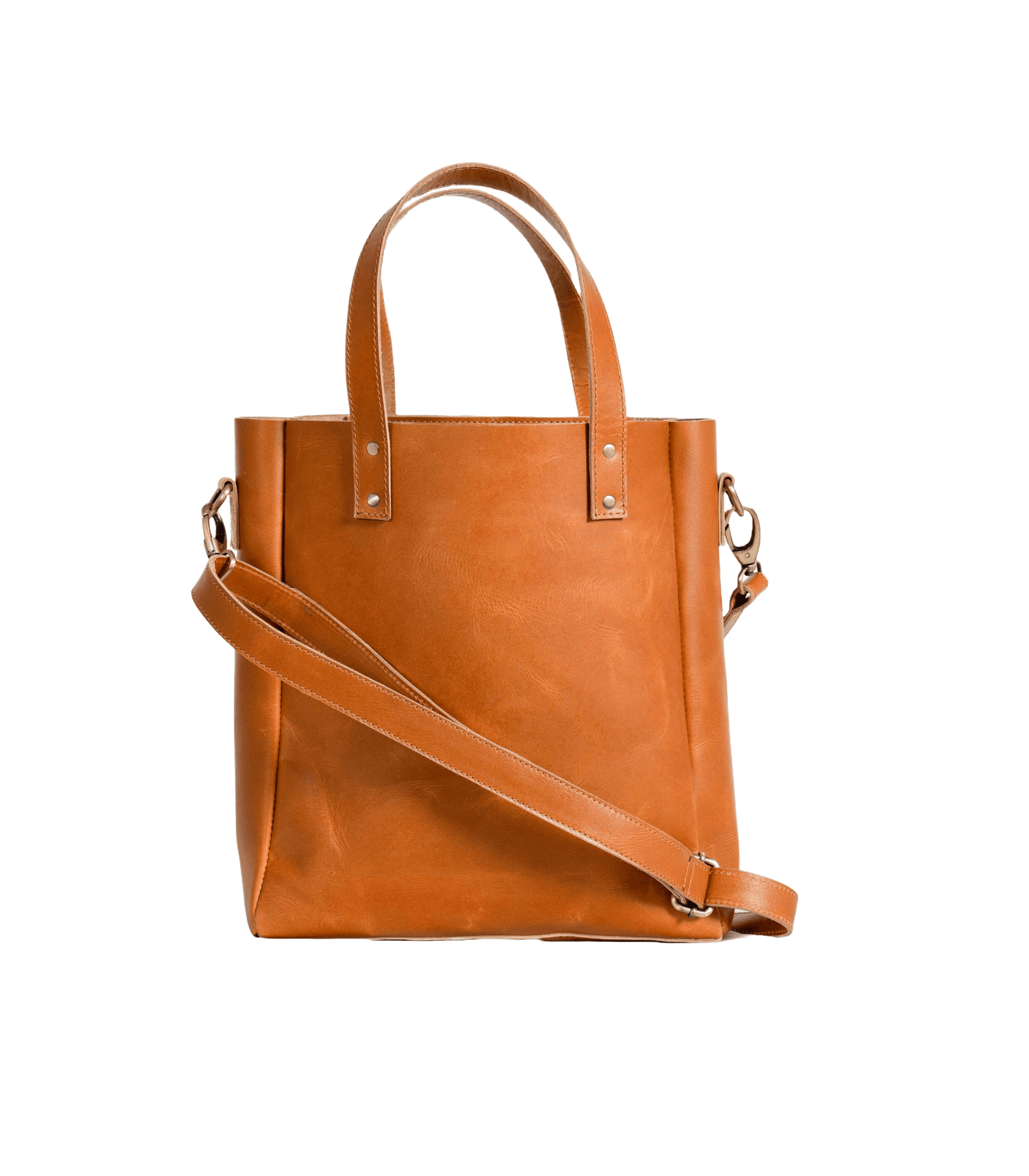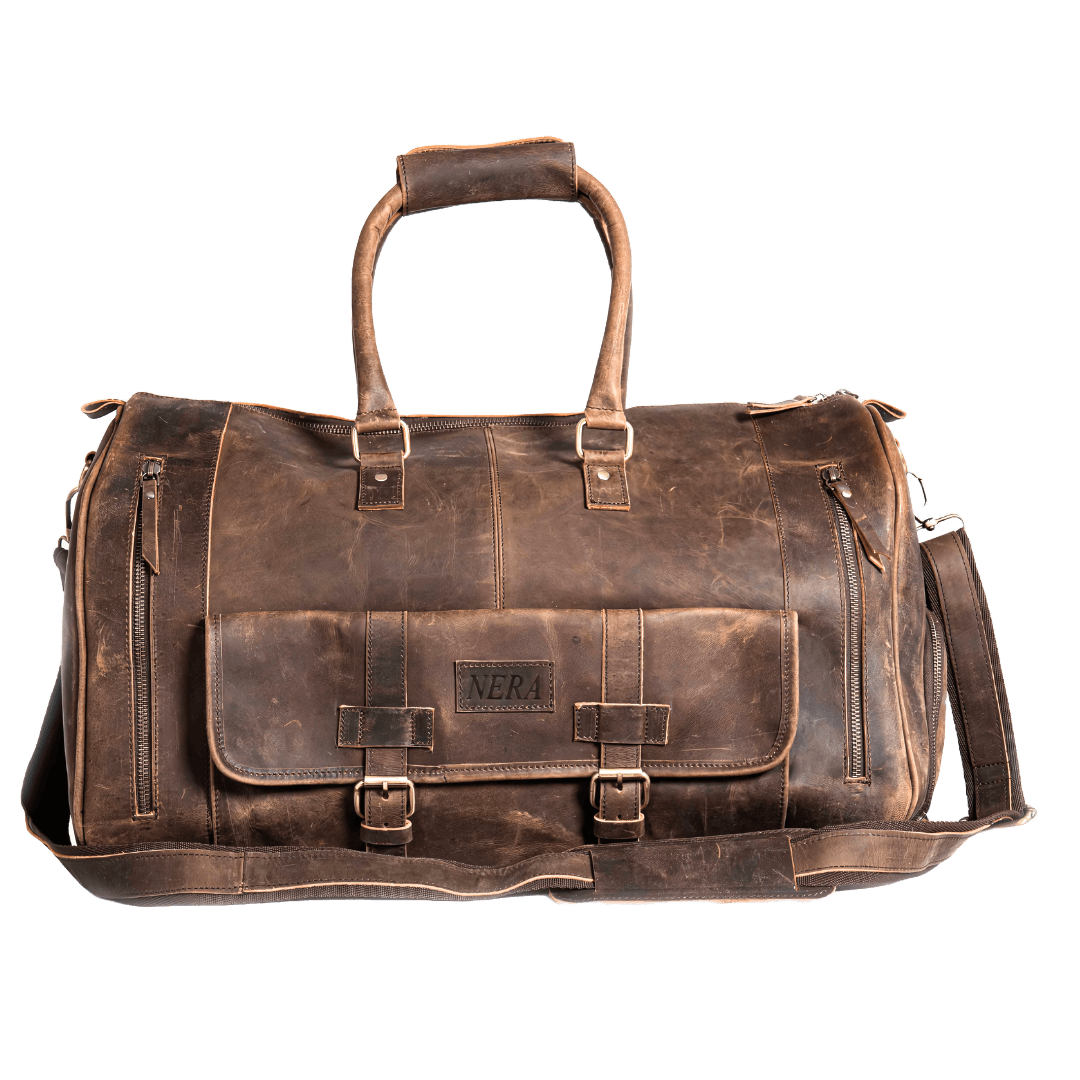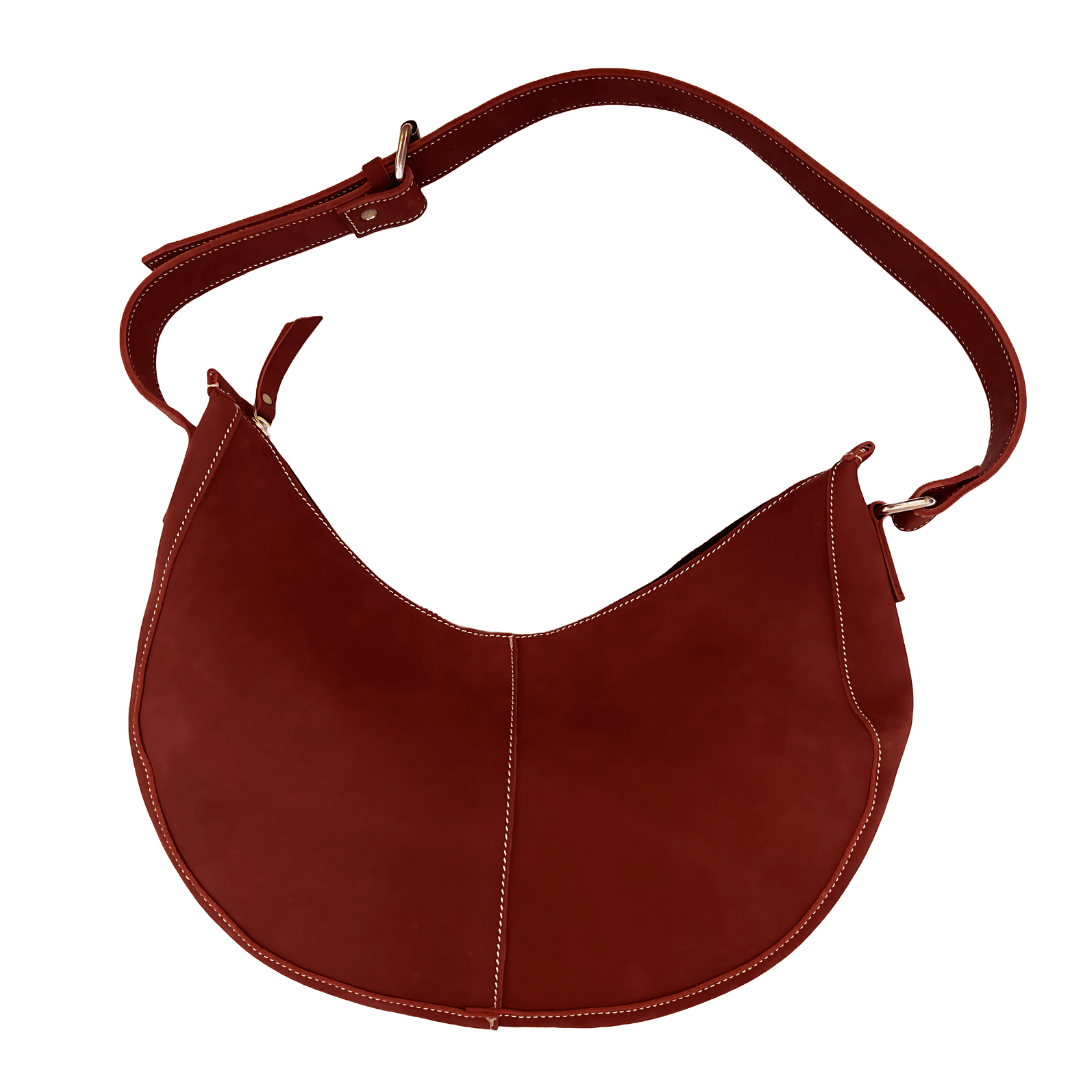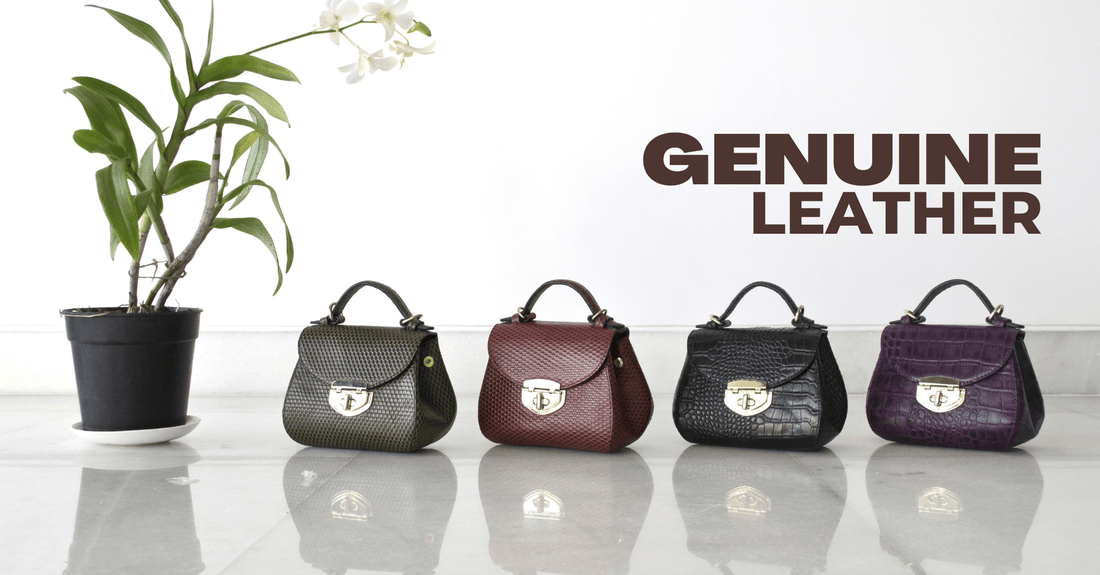
Nera Complete Guide: What Is Genuine Leather?
Share
When it comes to choosing the perfect material for clothing, accessories, or furniture, genuine leather is a timeless and popular choice. Known for its durability, versatility, and luxurious feel, genuine leather has been used for centuries in the creation of high-quality items. In this complete guide, we will explore what genuine leather is, its benefits and drawbacks, how to care for it, as well as some popular trends in the world of leather.
What is Genuine Leather?
Genuine leather is a natural material made from the hide of animals, typically cows, sheep, or goats. The hide is treated with various chemicals and dyes to create a durable and flexible material that can be used in a wide range of products. Unlike synthetic materials, genuine leather has a unique texture and appearance that is hard to replicate, making it highly sought after for luxury goods.
Types of Genuine Leather
There are several different types of genuine leather, each with its own unique characteristics and uses. Some of the most common types of genuine leather include:
1. Full Grain Leather: This is the highest quality and most durable type of leather, as it is made from the top layer of the hide and has not been sanded or buffed. Full grain leather retains the natural imperfections and markings of the animal, giving it a unique and authentic look.
2. Top Grain Leather: This type of leather is slightly lower in quality than full grain leather, as it has been sanded and buffed to remove imperfections. Top grain leather is still durable and retains some of the natural characteristics of the hide.
3. Split Leather: Also known as suede, split leather is made from the inner layers of the hide and is softer and more pliable than full grain or top grain leather. Split leather is often used for clothing and accessories.
4. Nubuck Leather: Nubuck leather is similar to suede but is made from the outer layer of the hide. It is more durable and has a finer texture than suede, making it a popular choice for high-end shoes and accessories.
Benefits of Genuine Leather
There are many benefits to choosing genuine leather over synthetic materials for your clothing, accessories, and furniture. Some of the key benefits of genuine leather include:
1. Durability: Genuine leather is incredibly durable and can last for many years with proper care. It is resistant to tearing, punctures, and abrasions, making it a practical choice for items that will see a lot of wear and tear.
2. Timeless Style: Leather has a classic and timeless look that never goes out of style. Whether you are wearing a leather jacket, carrying a leather bag, or lounging on a leather sofa, you can be sure that your leather items will always be in fashion.
3. Comfort: Genuine leather is breathable and naturally adjusts to your body temperature, making it a comfortable choice for clothing and accessories. It is also resistant to odors and mildew, ensuring that your leather items stay fresh and clean.
Drawbacks of Genuine Leather
While genuine leather has many benefits, there are also some drawbacks to consider before making a purchase. Some of the main drawbacks of genuine leather include:
1. Cost: Genuine leather can be more expensive than synthetic materials due to the labor-intensive process of tanning and treating the hide. However, many people see the cost as an investment in a high-quality and long-lasting product.
2. Maintenance: Leather requires regular care and maintenance to keep it looking its best. This includes cleaning, conditioning, and storing your leather items properly to prevent cracking, fading, or discoloration.
How to Care for Genuine Leather
To ensure that your genuine leather items last for many years, it is important to follow a few simple care tips. Here are some guidelines for caring for your leather items:
1. Clean Regularly: Use a soft, damp cloth to wipe away dirt, dust, and spills from your leather items. Avoid using harsh chemicals or cleaning products, as these can damage the leather's natural oils.
2. Condition: Leather can dry out and become brittle over time, so it is important to condition your leather items regularly to keep them soft and supple. Use a high-quality leather conditioner to nourish the leather and prevent cracking.
3. Store Properly: Keep your leather items out of direct sunlight and away from heat sources, as this can cause the leather to fade and dry out. Store leather items in a cool, dry place and avoid folding or hanging them in a way that could cause creases.
Trending Leather
In the world of fashion and design, leather remains a popular and timeless material that can be found in a wide range of products. Some trending leather that are currently popular in the industry include:
1. Vegan Leather: As more people become conscious of animal welfare and environmental issues, vegan leather has emerged as a popular alternative to genuine leather. Vegan leather is made from synthetic materials and is cruelty-free and sustainable.
2. Leather Accessories: From leather bags and wallets to leather belts and shoes, leather accessories are always in style and can add a touch of luxury to any outfit.
3. Leather Furniture: Leather sofas, chairs, and ottomans are a classic choice for any home decor style, adding warmth and sophistication to any room.
4. Leather Jackets: Leather jackets are a staple in any wardrobe, providing a cool and edgy look that can be dressed up or down for any occasion.
In conclusion, genuine leather is a natural and luxurious material that continues to be a popular choice for clothing, accessories, and furniture. With its durability, timeless style, and comfort, leather is a versatile material that can add a touch of luxury to any item. By following simple care tips and staying up to date on the latest trends, you can enjoy your leather items for many years to come.
